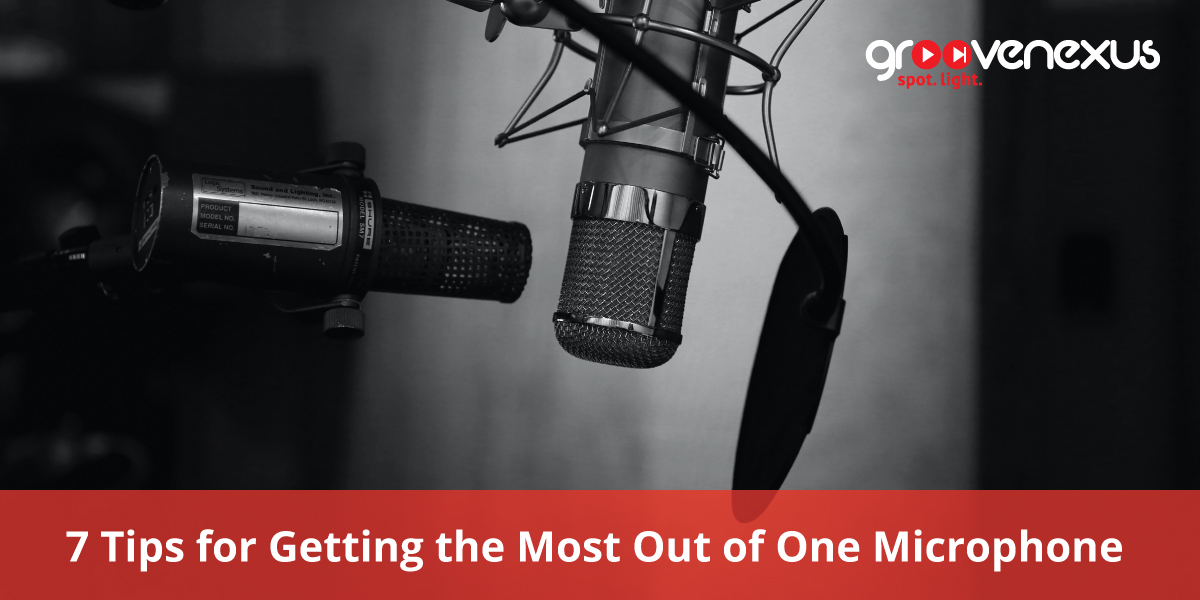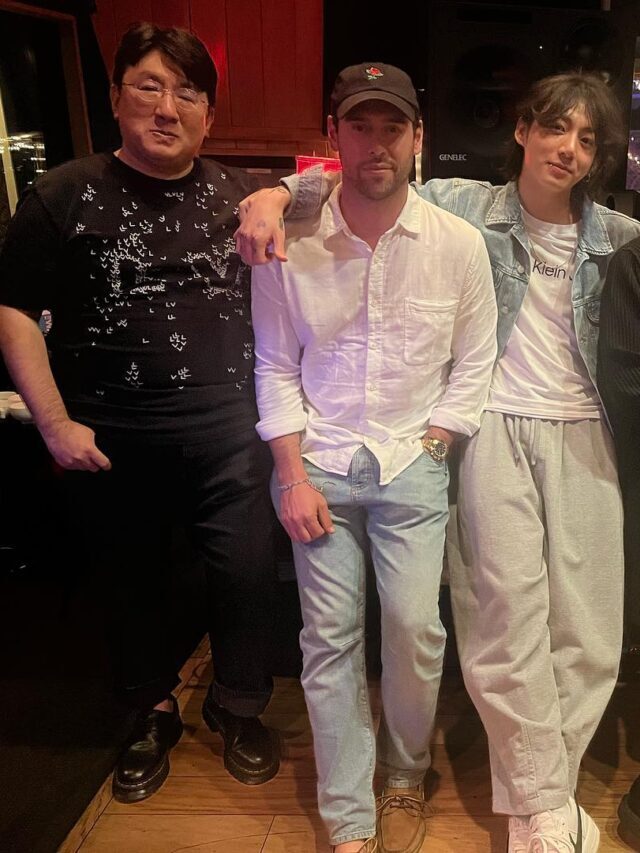Introduction
Being a self-producing artist is not easy, especially with the budgetary constraints while you have just started music production. Many people cannot afford to go to an actual music studio or buy all the necessary recording gear and equipment in such cases. But as the saying goes, ‘where there’s a will, there’s a way. One can do pretty much everything with just one microphone if you are aware of the techniques of making the most out of a single mic. All you have to do is just find the correct mic that suits your voice the best and record your songs on it.

Tips That Will Make Your Microphone Sound Better
We have curated a list of 7 tips and tricks to get the most out of one microphone for all the budding artists out there:
1. Taking Time to Get Correct Mic Placement
Sticking to one mic can be advantageous in a lot of ways. Even though it must be exhausting to know that the only mic you own may not be your first pick for recording your instruments, but you can get enough time to try different mic placement for streaming because you don’t have more than one in the first place. All the instruments should be placed at different locations having different distances from the mic in a recording. If all the instruments are too close to the mic, the recording may fall through. One can have a great depth in the music just by experimenting with placements of one microphone.
Before you start making tracks, record a few seconds of the song with different microphone placements and compare them. Don’t hesitate from being unusual as you are already doing so by using one microphone for all the tracks. Less ideal placement in a more regular setup with a Digital Audio Workstation may add depth to the sound recording
2. Using room to your benefit
This point agrees with the above topic that if you are experimenting with different microphone placements, you should try the placements that enhance your room’s characteristics.
It does not matter if your room is not an ideal recording studio; there can always be a few mic placement techniques that can record instruments perfectly. If you want a deep and heavy sound but have a confined space, a great mic placement trick to get your desirable sound is to keep your all-in-one microphone next to the wall opposite the instrument being played, facing away from the source of the sound. Rather than recording sounds directly from the source, the microphone will record reflections of the sound.
Suppose you want to record the sound of a group, but you do not have more than one performer instead of using multiple takes of a single performer and stacking them up. In that case, you can either have a string ensemble, simulate a backup vocal group or a backbeat clap that pretty much sounds like a whole group of people. The best way to fake the voice of an ensemble is by placing the mic in one position and making the performer move to different positions in the room for different takes. Then you can fuse all those takes, and the sum of all these can give you a sound of a whole gang, where everyone is standing in a different position in the room.
3.’Familiarize with the Microphone’s Frequency Response Curve
Some microphones have an utterly flat frequency response while others sought after due to how they color sound sources. If you are working with only one microphone, then its better if you know what category of mic it is and use that knowledge later to your advantage. If the planning for your track includes recording low-frequency instruments like kick drum, bass, cello, etc., you may get disheartened. But when you know that your mic presents a constraint here, you can look for other places in your song to get a low end. Record drum kit with one mic and plan to trigger a kick sample to get more low-end energy to your drum sound. Or you can mic up that bass cab, but you should mix it in the DI to keep the bass from becoming thin and flat. Just because a mic might struggle to provide a certain frequency range does not mean that it cannot be present in your mix; it only means that you must place it in some other way.
4. Using corrective EQ
When you look at frequency response charts, it becomes quite easy to expect a problem that single-mic recordists face, I.e., frequency buildup. Apart from having a muted top end the frequency of Fathead’s response curve also makes it easier to see the muddy midrange buildup that is very likely to occur when you stack multiple tracks all recorded with the same mic. Some instruments may get an advantage because of that full midrange, but rest might sound wooly and undefined. Either way, when recording multiple instruments in one single room with the same mic, you will very likely hear resonances building up.
Corrective EQ cuts on your 2-buss can be a great and streamlined method to manage this kind of problem. Depending on the room size, a frequency graph can let you know if you need to make surgical cuts around 400-600 Hz or a wide scoop across the midrange. You can also use generous high-frequency shelving boosts to counteract the Fathead’s naturally restrained top end.
5. Use of various Preamps and Processing
Even if the mic section is restricted, preamp choice can potentially color sound sources almost as functionally as mic choice can. There are many great preamp emulations are available as plugins with one mic. When you are applying preamp emulation as an insert effect, it may not be enough to capture the transient response of API console, or the different characteristics of various preamps or channel strips that still work as good in many distinct emulations.
For the best outcome, you shouldn’t shy away from driving those “pres”. Preamps are best when they show their sonic colors upon getting a healthy signal. Though audibly distorted, every song may not work out as the beast but selecting certain songs to imbue that extra vibe from a piece of vintage gear is an amazing way to emphasize and make them pop.
6. Use the multiple polar patterns of mic
One of the best microphones with a full-spectrum frequency response and four kinds of patterns is AKG C414 B-ULS. Cardioid and Hypercardioid are great for close-miking applications, while omni and figure 8 invite users with a creative knack and a tendency to bring out more room sound into the recording. Even if your mic doesn’t have more than one polar patterns you can still work it out with whatever pickup pattern is available. If your mic has just one polar pattern, it will most probably be cardioid. You can also try recording with the mic off-axis that can give you a thicker and darker tone.
7. If it doesn’t sound good, lean into it
Many recording of instruments on the same microphone will complement the mic, and some tones will instantly put you off. Infact, some will also sound rubbish when you are working on them. If you don’t like the instrument’s sound in the recording, make it extra aggressive by heavy processing, saturation, modulation, pitch-shifting and any other trick that you like to wholly transform the track.
This approach may or may not work out, but if you plan well before applying it into the arrangement, it might just transform the track once you lean into it.
Conclusion
Although it is not ideal to have just one microphone, it certainly does not mean that your track will lack nuances. Stretching a single microphone to record multiple instruments on one song might require some investment for new plugins, but that will still be cheaper than a recording studio like setup. If you feel the lack of options for mic, you can quit buying gears that you don’t need, and you can plan on purchasing and experimenting with the ones you actually require for music production.










